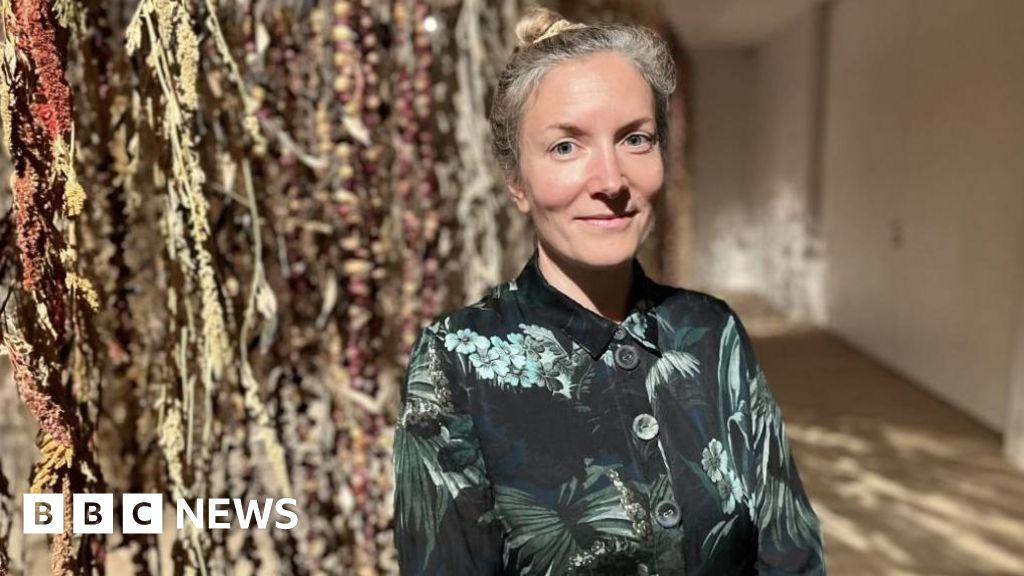Introduction to the Museum Expansion
An expansion of a parking museum for national art and history exhibitions was unveiled by Stockton Council. The 20 million pound Spence building in Preston Park in Eaglescliffe will have collections and tour exhibitions that did not previously have the place to organize. This new expansion is a significant development for the local community, providing access to great works of art and history that were previously only available in larger cities like London.
The Museum’s New Features
The museum is located in Preston Hall, a 19th-century manor house that has been owned by the Council since 1953. The new expansion includes a new café and a shop alongside the existing Victorian street and the old hall of the museum. This will provide visitors with a more comprehensive and engaging experience, allowing them to explore the museum’s collections and exhibitions in a more comfortable and convenient setting.
The First Exhibition: Tracks of Change
The first display, Tracks of Change, includes paintings by the Victorian painter William Powell Frith from the King’s Own Collection, and opens on Saturday. This exhibition will feature three paintings that represent the effects of railways, borrowed from the galleries of the Royal Collection and Manchester City, which are exhibited for the first time as a group. The exhibition will also include an installation of the artist Rebecca Louise Law called "corridore", which contains thousands of dried flowers and grasses that are hung on the ceiling and imitate the "green corridors" generated by the railways.
Benefits for the Local Community
According to Reuben Kench, the director of the council and culture of the Council, the people in the Tees Valley no longer have to travel to London to see great works of art. The new expansion will bring objects and exhibitions to the people of the Tees Valley that were previously only available in larger cities. Mr. Kench said: "We have a room that is tailor-made. We can do things here that we have never been able to do before to bring objects and exhibitions to the people of the Tees Valley who had previously had to go to London or other important cities to see – it will be transforming." This new development is expected to have a significant impact on the local community, providing access to cultural and educational resources that were previously unavailable.

